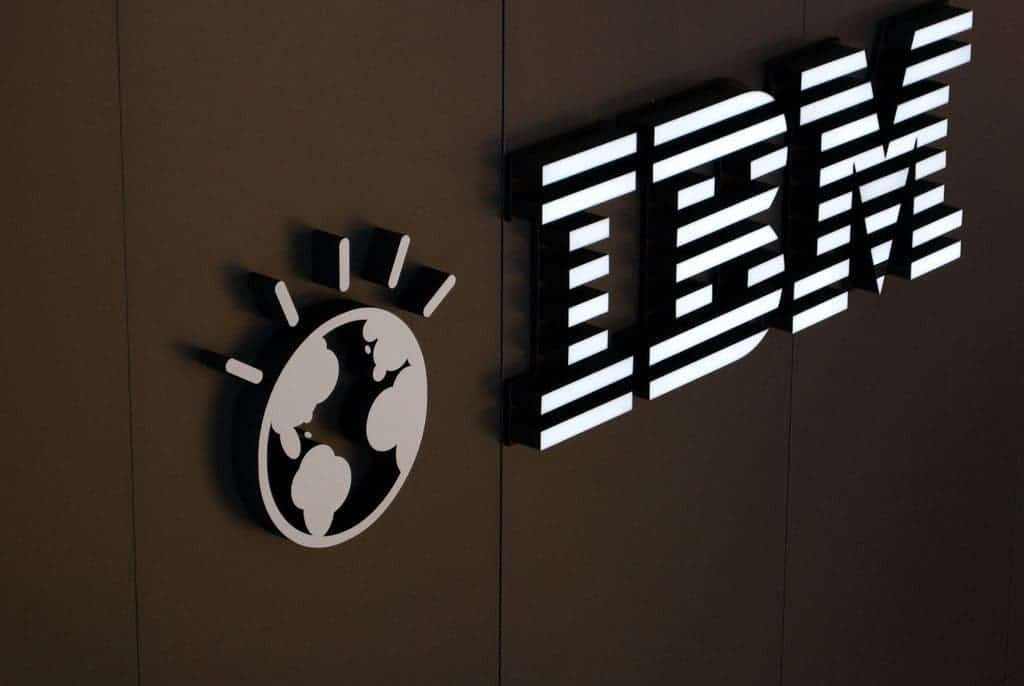On Wednesday, tech giant IBM announced that it’s throwing its full expertise and technological might behind some of the world’s most challenging problems under its new Science for Social Good initiative.
IBM’s researchers and technological prowess will team up with academia and nonprofits as part of the Science for Social Good initiative, which aims to apply “AI, cloud and deep science toward new societal challenges,” the company announced yesterday. Twelve different projects are planned for 2017, each tailored to one or more of the 17 Sustainable Development Goals singled out by the United Nations as being key to addressing the world’s most pressing issues by the year 2030.
Some of these issues include combating the opioid crisis, — a widely-abused and highly addictive class of drugs which causes the deaths of some 91 people each day in the US alone according to the CDC — furthering the development of AI, reducing inequality, slashing our carbon footprint, and improving aid for communities in emergency situations. IBM hopes that their expertise will help address these problems from a novel angle by using machine learning, data science, and wide-scale analytics to develop efficient solutions.
IBM's Science for Social Good initiative aims to tackle the world's toughest problems with science + tech: https://t.co/tTjUME4v5P pic.twitter.com/jVEQdrvPdR
— IBM (@IBM) June 7, 2017
“We are experiencing a time when our lives and everything that surrounds us is captured digitally: Internet activity, video, customer transactions, surveys, health records, news, literature, scientific publications, economic data, weather data, geospatial data, stock market returns, telecommunication records, and government records to name a few,” the project’s page reads.
“All of this data is at our fingertips, giving us an unprecedented opportunity to innovate and change the world for the better using science and technology.”
The Overcoming Illiteracy project will employ AI to ‘translate’ texts for illiterate and low-literate adults into a medium they can understand. The aim is to help people who haven’t had access to education “navigate the information-dense world with confidence” by decoding dense, complex texts (manuals or product descriptions, for example) into their basic message and then presenting it to the user as visual elements and spoken messages. While such a technology wouldn’t directly impact illiteracy levels, it would allow people to independently navigate our text-centric society while also giving them the means to educate themselves using books and manuals — an insurmountable task without any assistance.
Another one of the programs is called the Emergency Food Best Practice: The Digital Experience, and will see the company’s Watson supercomputer compile “cognitive supply chain model of emergency food operations” to be shared with nonprofits via an interactive digital platform. Nonprofit John’s Bread & Life will help IBM develop this tool based on their own distribution model, which serves more than 2,500 meals in New York City each day.
But while work is underway on these and the other 2017 projects, IBM is on the lookout for next year’s great idea.
“If you are an NGO, or a social enterprise, we are currently scoping projects for our 2018 cycle. If you have an idea how we can help, drop us an email [[email protected]], and we will follow up,” the project page reads.
The Science for Social Good initiative draws its roots in six pilot projects conducted in 2016 which covered a broad range of subjects from health care to global innovation. One of these employed machine learning techniques to study the spread of the Zika virus, and resulted in a predictive model which identified the primate species which can act as a vector for the bug. Following the findings, these species were recommended for Zika surveillance and management and are now leading new testing in the field to help prevent the spread of the disease.










